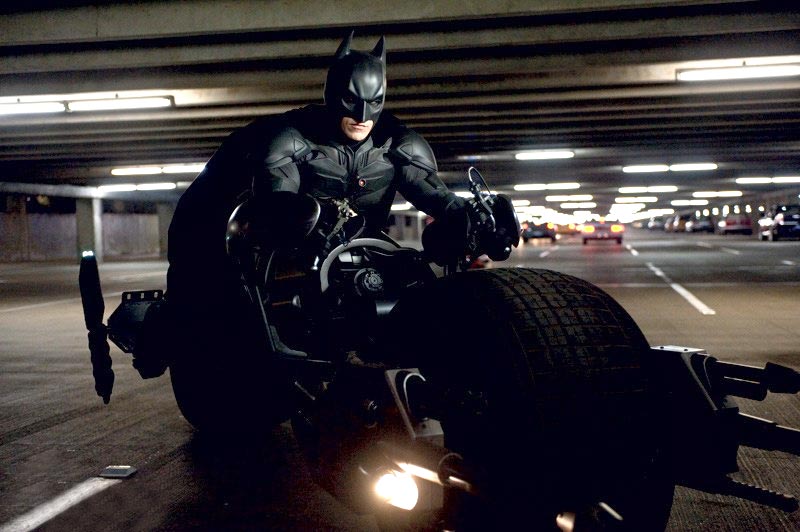动漫或日本动画开始于20世纪初期与其他国家的动画一起发展。有史以来最古老的动漫,是一部关于武士战士的两分钟电影,于1917年出现在日本剧院中。到1930年代,日本动画行业蓬勃发展,尽管动画师被迫通过使用较便宜的削减,而不是使用较便宜的切口,而不是削减成本。赛璐oid,动画。
一个lthough Japanese animators produced some notable feature-length films in the 1940s, it wasn’t until the post-war period thatanime really took off. It was in the late 1940s that one of Japan’s most prolific and most important animators first rose to prominence: Osamu Tezuka.
Over the course of his career, Tezuka would create more than 700 manga (comics) totaling more than 150,000 pages. He would earn the moniker “God of Manga.” And, incredibly, the work of Walt Disney would prove to be one of his strongest influences.
How Walt Disney Studios Inspired Early Anime Artists
Long before Osamu Tezuka came on the scene, Japanese animators were making short and even feature-length films. Some early notable anime films include “Momotaro,” made by Kitayama Seitaro in 1918, and “Chikara To Onna No Yononaka,” the first anime “talkie,” which appeared in 1932.
 But these were short films. The animation industry in Japan was developing slowly alongside its live-action counterpart, and most animators believed the medium wasn’t suited for feature-length films. It was the overwhelming commercial success of Walt Disney’s 1937 film “Snow White and the Seven Dwarfs” that blew these assumptions out of the water and inspired Japanese animators to begin making longer films.
But these were short films. The animation industry in Japan was developing slowly alongside its live-action counterpart, and most animators believed the medium wasn’t suited for feature-length films. It was the overwhelming commercial success of Walt Disney’s 1937 film “Snow White and the Seven Dwarfs” that blew these assumptions out of the water and inspired Japanese animators to begin making longer films.
The WWII era in Japan saw the government use anime as a propaganda machine. The first feature-length anime film, “Momotaro’s Divine Sea Warriors,” was one such propaganda piece. It was released in 1945.
Walt Disney’s Influence on Osamu Tezuka
一个s a child growing up in the 1930s and 1940s, Osamu Tezuka adored Walt Disney. He is said to have watched the 1942 Disney film “Bambi” more than 80 times. He also enjoyed “Dumbo” and the post-WWII “Uncle Scrooge” comics drawn by Disney animator, Carl Bark.
在他年轻时的动画,全长的迪士尼故事片的影响下,Tezuka成为第一位以电影范围电影的方式讲故事的动漫艺术家。在其他艺术家的讲故事中,其他艺术家变得简单又无礼,Tezuka在他的演讲中充满活力和高度激动。Tezuka不怕使用几页详细探索场景。
![Osamu_Tezuka[1]](http://www.sungloeast.com/wp-content/uploads/2013/08/Osamu_Tezuka1.jpg) 一个nyone who compared the work of anime artist Osamu Tezuka and the work that came out of Walt Disney studios in the 1930s and 1940s could see the obvious similarities between Disney’s characters and Tezuka’s. Of course, Tezuka created all of his own characters and story lines, but he borrowed the bold lines, round heads and large, expressive eyes of Disney characters, making his own characters at once impossibly cute and extremely expressive.
一个nyone who compared the work of anime artist Osamu Tezuka and the work that came out of Walt Disney studios in the 1930s and 1940s could see the obvious similarities between Disney’s characters and Tezuka’s. Of course, Tezuka created all of his own characters and story lines, but he borrowed the bold lines, round heads and large, expressive eyes of Disney characters, making his own characters at once impossibly cute and extremely expressive.
借用迪士尼的简化动画风格为Tezuka提供了两个目的:它帮助他削减了动画成本,这在一个已经挣扎的行业中至关重要,而且还确保了他的漫画和动漫电影牺牲了他们的情感强度。大眼睛虽然卡通般,但允许Tezuka的角色表达现场要求的任何情感。
Disney’s Continuing Influence on Anime
 The generations of Japanese animators who followed Tezuka borrowed his animation techniques and also gave their characters big heads and oversized eyes. Over time, this technique became characteristic of the “manga-style” so recognizable to anyone who likes towatch anime. It’s the reason that even relatively violent anime films like “Princess Mononoke” feature cute-looking characters with big, adorable eyes.
The generations of Japanese animators who followed Tezuka borrowed his animation techniques and also gave their characters big heads and oversized eyes. Over time, this technique became characteristic of the “manga-style” so recognizable to anyone who likes towatch anime. It’s the reason that even relatively violent anime films like “Princess Mononoke” feature cute-looking characters with big, adorable eyes.
Did Anime Influence Disney?
在1950年代初期,奥萨乌·特祖卡(Osamu Tezuka)撰写了一个漫画系列,名为“丛林皇帝”(Jungle Emperor),通常用英语翻译成“吉姆巴(Kimba the White Lion)”。他在1960年代进入了动画电视节目。
When Disney released “The Lion King,” in 1994, fans of Tezuka’s work pointed out a number of similarities between the “The Lion King” and “Kimba the White Lion.” These similarities include the protagonist and several other characters, as well as some remarkably parallel scenes.
一个lthough anime films began in Japan in the early 20th century and developed at a lackluster pace throughout the 1930s and `40s, they didn’t really begin to take off until the post-war period. A single animator, Osamu Tezuka, is credited with founding the anime genre. Profoundly influenced by the works of Disney animators, Tezuka also established large heads and eyes as trademark features of anime characters.








